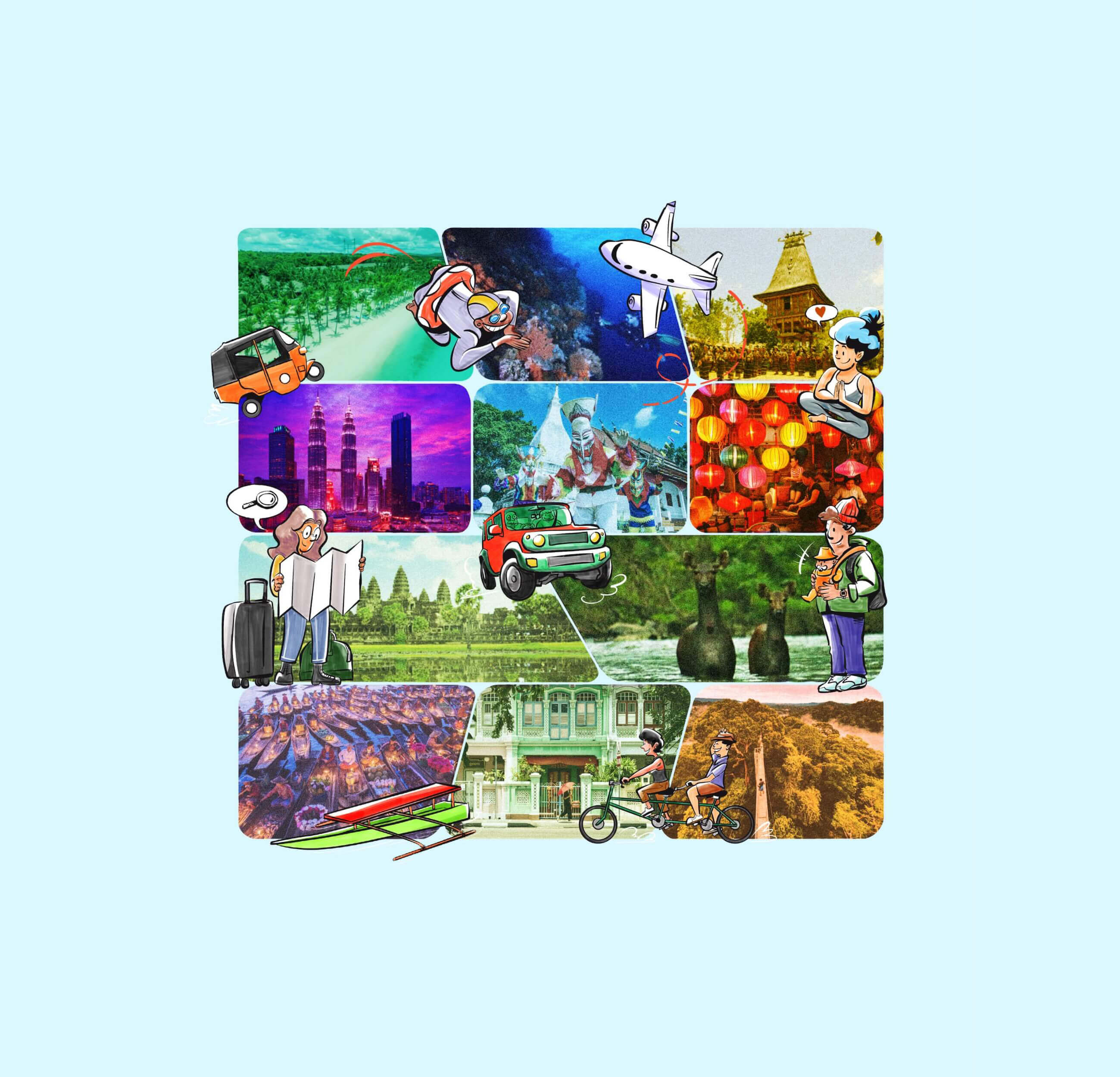


Pimvadee travels along mountain terrains to remote villages in Lao PDR and Myanmar, working together with rural communities to prepare for natural disasters, such as flooding and landslides. Living with communities for two weeks for each assignment, she has gain insights on the resiliency of people, especially when dealing with disasters. It has been a profound experience and a meaningful personal journey, as she finds her work in disaster preparedness able to produce tangible results.
“My experience in conducting a few Community Based Disaster Risk Reduction Management exercises show how useful they are. People are so hopeful and they want to make a difference to their communities. They want to be an advocate of change and that is something that makes a big impact for me. I am happy that the work that I do makes a difference for them. Even small scale projects have a profound impact on people’s lives.
“We are really working with the vulnerable communities, really hearing the voices from the ground. Through activities to prepare a community Disaster Risk Reduction action plan, we hear about the local knowledge on how disasters could be addressed. Interviews conducted enable for understanding on how past disasters have impacted the lives of people these communities. They inform us on what would be appropriate for their communities, which then gets integrated into the DRR plan. We also learn about initiatives taken such as the setup of a community Disaster Risk Reduction (watch group, which enables them to reduce their risks to future disasters.
“Through CBDRM activities, the community requested for the installation of a radio. This would enable warnings to be given in times of flash floods which often result in landslide or mudslides, causing massive destruction and loss of life. The presence of both the community leader and the governor at the workshops we organized enabled for this request to be inserted in one of the recommendations of the National Disaster Management Office (NDMO)’s plan. Bridging the gap between the NDMO in the capital with local communities, such as putting in place an early warning system, it could minimise the possibility and cost of disaster related damage.
“For inclusivity, we request for everyone to attend the meetings which are conducted in the community hall. Women attend the meetings, however remain seated at the back of the hall taking care of the children. To ensure inclusion, we have separate focus group discussions with the women to understand their roles in times of disasters.
“Disaster is something that is very close to everyone and can happen anytime. We need to be aware and be prepared to respond to it. Although we presume that everyone knows how to respond to disasters, not everyone does. There is a need to challenge social norms that disasters are predestined, which we work hard to do.
“What is needed is awareness. By knowing about a recurring incident such as seasonally heavy rainfall, the community is able to coordinate. For example, a voluntary watch group can be formed to monitor rain gauge. Once once it reaches a certain level, announcements can be made over the radio for people to start evacuating to the shelters selected. This enables for people to leave before they become stranded.
“Good interagency coordination in also needed. If the community is strong, people at the national level also need be to be strong. As disasters come under various ministries, strong coordination is crucial. Access to data is much needed to be able to see future climate projection. This will allow for the creation of different response scenarios, enabling agencies to prepare accordingly.
“These communities face a dual problem of floods, stemming from the river when it overflows, and also drought. My wish is for lessons learnt in these communities to be replicated in other countries in the region. The community leaders also have the potential to be trainer of trainers for possible future projects. The rivers are a source of life for these communities, lets mitigate its cause as a source of grief.
“Being in these remote areas has also provided a rare opportunity of seeing the conditions of these people, especially the children and schools. Through funds raised, I have bought items needed such as textbooks and stationary.








